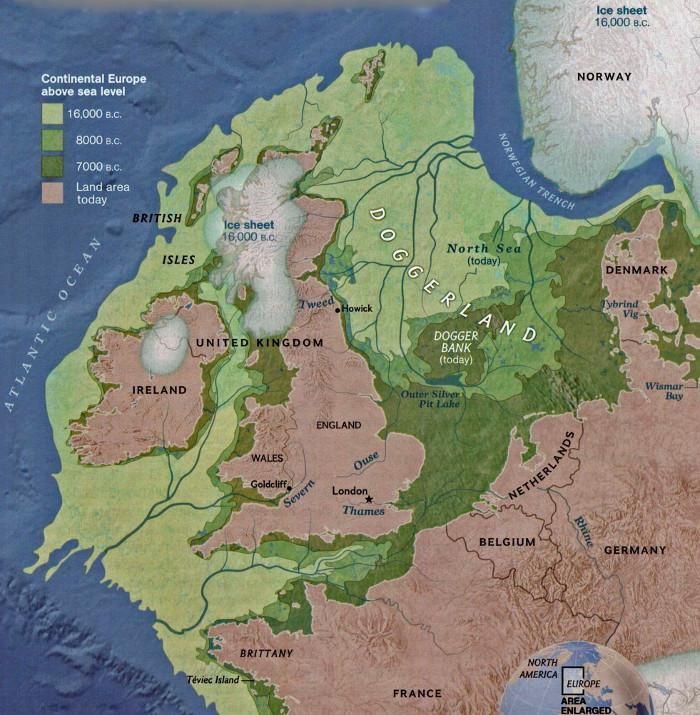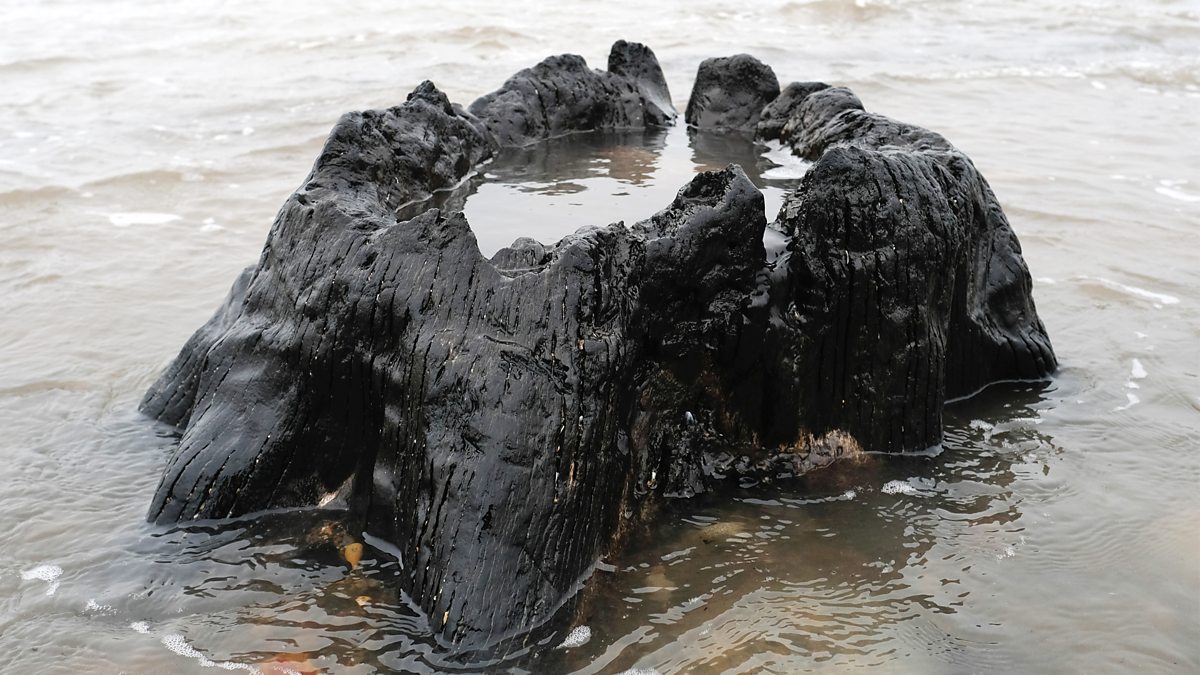How Doggerland Sank Beneath The Waves (500,000-4000 BC) // Prehistoric Europe Documentary
800,982 views
•Jan 26, 2020
Run time 49:58
View: https://www.youtube.com/watch?v=DECwfQQqRzo
800,982 views
•Jan 26, 2020
Run time 49:58
History Time
346K subscribers
Signup for your FREE trial to The Great Courses Plus here: http://ow.ly/IwDC30q7Uwy Watch my latest full length history documentary:- https://youtu.be/c3Hq6UaFQqk — History Time is a one man team. Subscribe to my personal channel here to see me visiting historical sites:- https://www.youtube.com/channel/UCMq-... A selected reading list:- - Neolithic Britain, Keith Ray - Britain BC, Francis Pryor - Britain Begins, Barry Cunliffe - Europe Between The Oceans, Barry Cunliffe - A History of Ancient Britain, Neil Oliver - Mapping Doggerland, Vincent Gaffen - The Remembered Land, Jim Leary - After The Ice, Steven Mithen - Chris Scarre, The Human Past A big thankyou to the following museums:- - The Yorkshire Museum, York - Weston Park Museum, Sheffield - The Natural History Museum, London - The British Museum, London - Derby Museum & Art Gallery, Derby - Hull & East Riding Museum, Hull — Become a patron for as little as a dollar a month & help keep this channel going:- https://www.patreon.com/historytimeUK — History Time is now a podcast. You can find us wherever you get your podcasts from. —Join the History Time community:- Twitter:- https://twitter.com/HistoryTimeUK/ Facebook:- https://www.facebook.com/HistoryTimeO... Instagram:- https://www.instagram.com/historytime... — Music courtesy of:- - Epidemic Sound - Joss Edwards Music:- https://soundcloud.com/jossedwardsmusic * Kevin MacLeod I've compiled a reading list of my favourite history books via the Amazon influencer program. If you do choose to purchase any of these incredible sources of information then Amazon will send me a tiny fraction of the earnings (as long as you do it through the link) (this means more and better content in the future) I'll keep adding to and updating the list as time goes on:- https://www.amazon.com/shop/historytime I try to use copyright free images at all times. However if I have used any of your artwork or maps then please don't hesitate to contact me and I’ll be more than happy to give the appropriate credit.



/https://public-media.si-cdn.com/filer/87/72/87721437-be66-4d19-bae0-90bc9e7cfd6e/doggerland2sml-1-700x715.jpg)





